Strategies to Withstand Low-Profitability Years in Farming

In times of low commodity prices and decreasing profitability, it’s more important than ever to focus on cost-effective strategies that keep your farm in operation. Here are some practical approaches to consider as you plan for the 2025 crop year:
1. Prioritize Low-Cost Production
In low-profit years, minimizing costs is essential. Focus on being a low-cost producer by assessing every input and process used on your farm. This might mean revisiting whether specific inputs are providing the returns they promise. For example, fungicides may add to your expenses but not always yield enough in return to justify their cost in a low-price market. One way to outsource this cost analysis for free is by enrolling in Precision Conservation Management (PCM). PCM provides an unbiased analysis of your field-level practices, helping you identify what contributes to profitability so that you can optimize for cost-effectiveness and conservation of the existing resources on your farm.
2. Take Advantage of Available Programs
Consider external support going into 2025. Government payments, carbon markets and conservation incentives can be reliable sources of income to help offset reduced market profits. There are several programs that offer targeted assistance in managing costs while helping you adopt sustainable practices. Learn more about the options available to you here.
3. Reduce Fuel and Input Costs with Fewer Passes
The easiest way to lower input costs is to do less. Fewer trips through the field means less fuel used and, ultimately, lower expenses on machinery wear and tear. Similarly, revisiting your nitrogen (N) management can make an impact. Applying nitrogen in the spring, particularly for projected low-profit years, can be an effective way to ensure plants receive the nitrogen they need without unnecessary excess or loss. Additionally, consider lowering nitrogen rates by using the Maximum Return to Nitrogen (MRTN) rates, which help you apply only what’s necessary without overextending your resources.
4. Reassess Land Rent Costs
Land rent is often a fixed cost, but it’s worth exploring options for reducing it. We’re seeing projected decreases in land rent costs by $10-$20 per acre heading into 2025, so take this opportunity to negotiate with landowners where possible. Assess your rented versus owned acreage and determine whether it’s feasible to reduce rented land to minimize your overall financial burden.
5. Plant Early
Early planting of soybeans has shown yield advantages, so it may be worthwhile to plant them sooner, especially if weather conditions are favorable. Strategically timing your planting can improve yield outcomes and enhance profitability without adding any additional inputs or field passes.
6. Focus on ROI of Inputs
An essential strategy for navigating low-profitability years is relying on accurate data to know precisely how to optimize yields without over-investing. Get your data organized and start looking critically at every input cost and what the return on that investment is. If you find this talk overwhelming, PCM can help. They use your data to provide an unbiased analysis and guide you in understanding which practices maximize profitability, allowing you to adjust practices that don’t bring in adequate returns.
While the challenges ahead won’t be easy, careful planning, cost control, and making the most of available resources can help your farm remain profitable. By reducing unnecessary expenses and focusing on data-informed decisions, you’re taking proactive steps to protect the financial health of your farm for the years to come.


